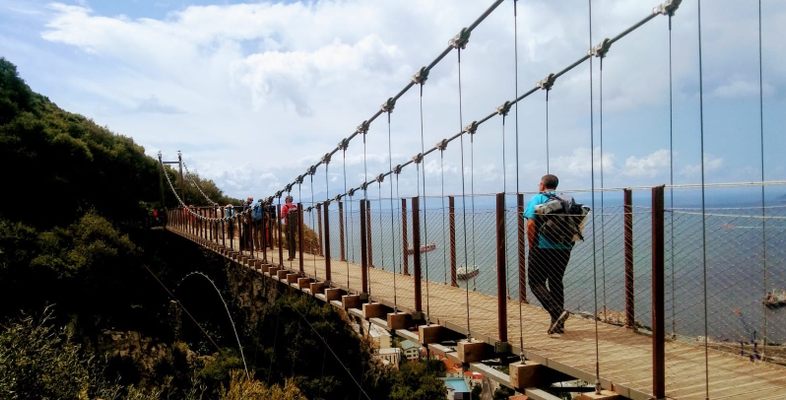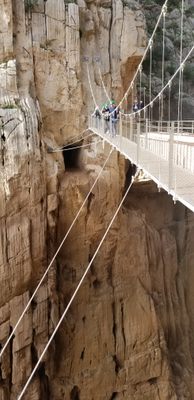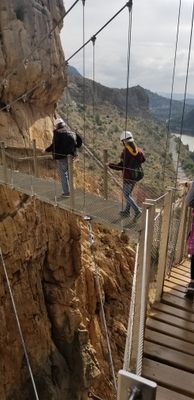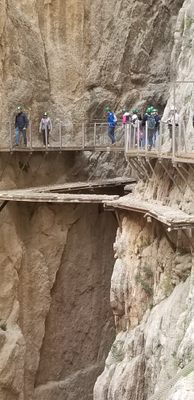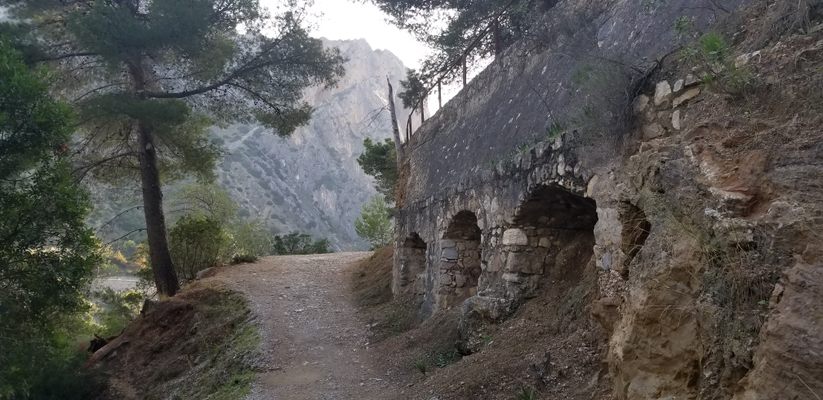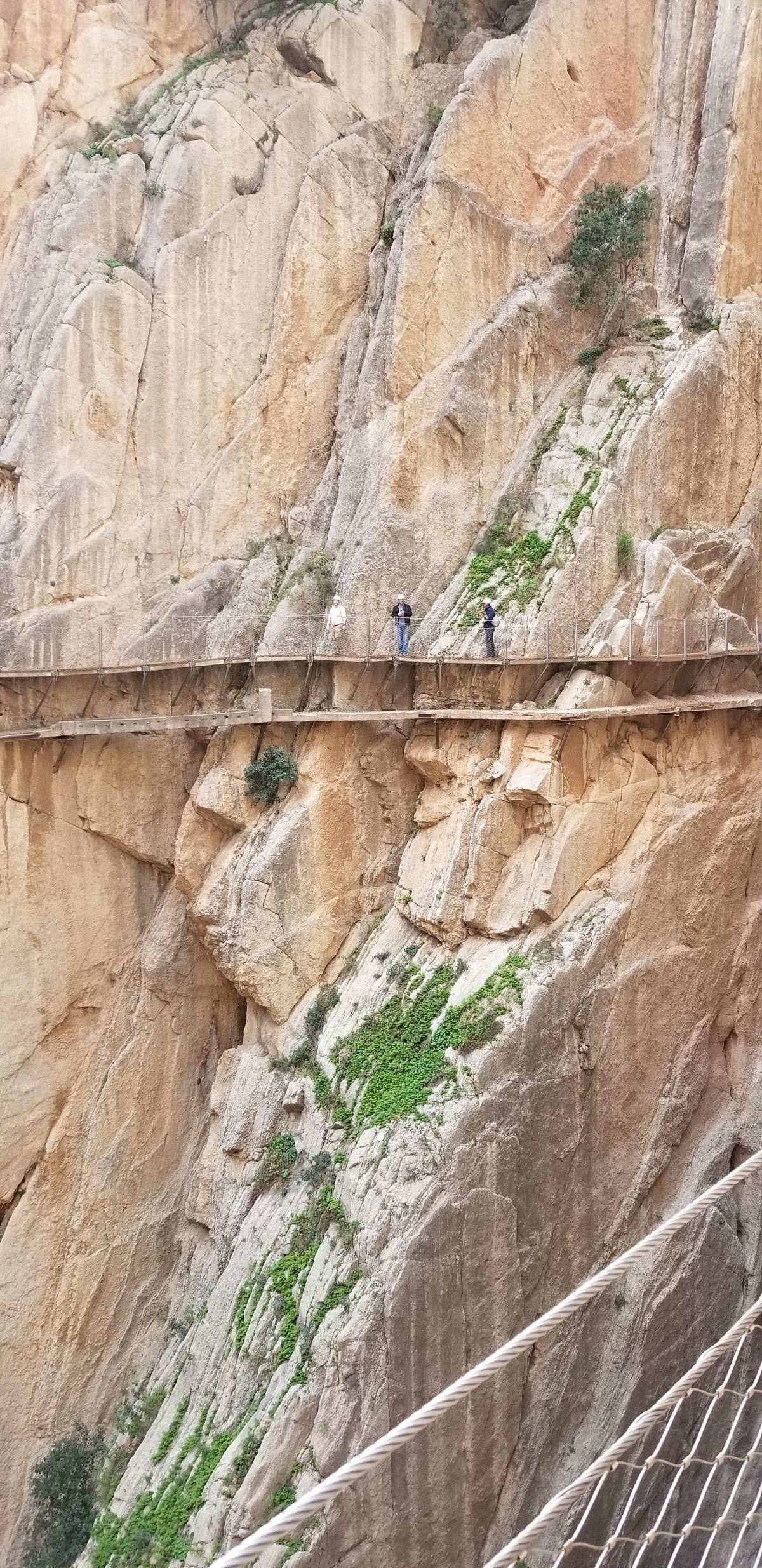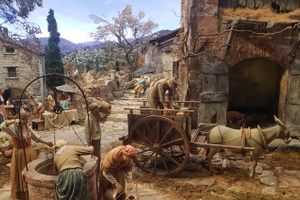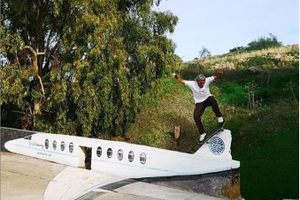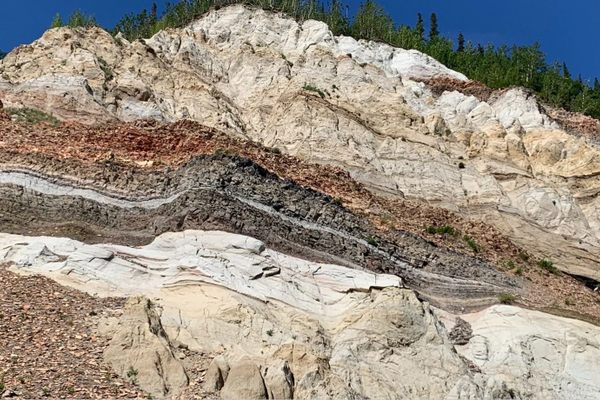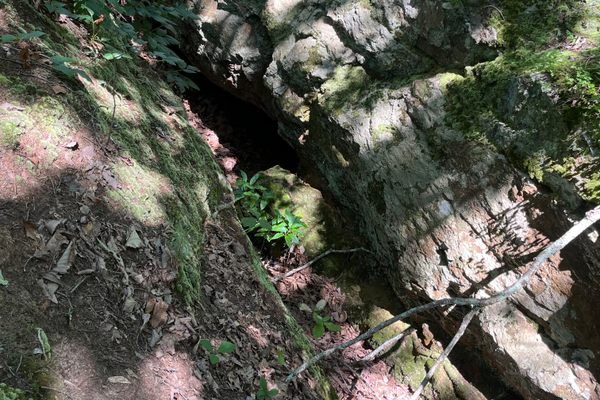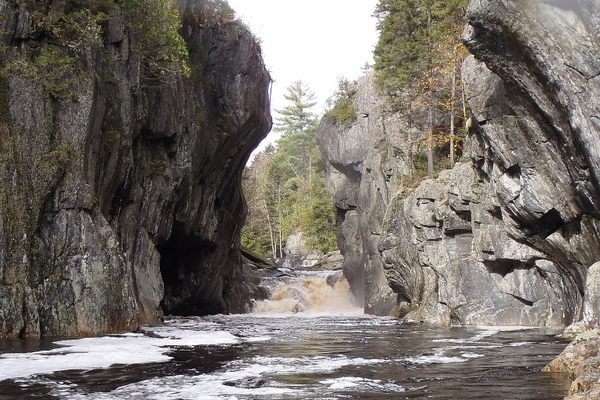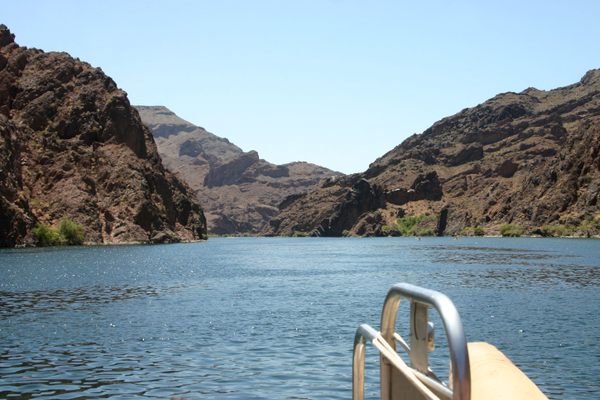About
In 1901, a pathway was built across the El Chorro gorge to provide easier access to the hydroelectric plants at the nearby falls. It took four years to finish. Recently renovated, it was once considered one of the most dangerous pathways in the world, regularly drawing visitors hoping to cross it.
Twenty years after the pathway was completed, King Alfonso XIII crossed the pathway for the inauguration of a new dam. This led to the pathway's modern name, "The King's Little Pathway," or "El Caminito Del Rey." After the King's crossing, however, the bridge began to fall into disrepair.
The path itself runs 100 meters above the river below and is only 1 meter wide. It has no handrails and some of the concrete path has fallen down the gorge, leaving only a steel beam left in place.
Before the trail was renovated, there was a cable running the length of the path which one could clip onto. However, the integrity of this cable was unknown. Between 1999 and 2000, four deaths occurred due to the instability of the path.
In March 2014 restoration works were started jointly by the regional government of Andalusia and the local government of Malaga. The Caminito del Rey is now fully renovated and safe to walk on, but your time slot to walk the length must be pre-booked on the attraction website.
Related Tags
Know Before You Go
The pathway is located about 60 miles south of Cordoba and just 3 miles from the small town of El Chorro.Parking is available very near the start of the site from unofficial sites from around €4. Tickets are available at the starting point for €10. Total walk length is 5 km and is fairly easy. A bus is available for the return trip for around €1.70 and is well worth it.
Opening hours differ across the seasons, with longer hours during the warm season, so check the official website to plan accordingly. Also, keep in mind El Caminito del Rey route is linear, stretching from north to south, so visitors need to organize transportation both to the start and endpoint.
Community Contributors
Added By
Published
April 4, 2012
Sources
- Wikipedia: Caminito del Ray: http://en.wikipedia.org/wiki/Caminito_del_Rey
- SSQQ: El Camino del Ray: http://www.ssqq.com/archive/vinlin27e.htm
- Vacation Ideas: El Caminito del Ray - The Most Dangerous Walkway in the World: http://www.vacationideas.me/europe/el-caminito-del-rey-most-dangerous-walkway-world/
- http://www.caminitodelrey.org
- https://www.google.com/maps/place/El+Caminito+del+Rey,+sendero+del+Kiosko/@36.931623,-4.8036877,17z/data=!4m12!1m6!3m5!1s0xd72bea52b26f92f:0xe4eede58e183b247!2sEl+Caminito+del+Rey,+sendero+del+Kiosko!8m2!3d36.931623!4d-4.801499!3m4!1s0xd72bea52b26f92f:0xe4eede58e183b247!8m2!3d36.931623!4d-4.801499
- http://www.caminitodelrey.info/?cod=5111
- https://rove.me/to/spain/caminito-del-rey
